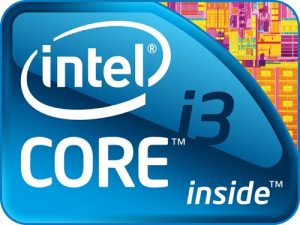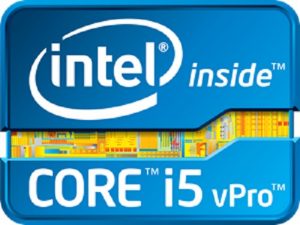
What is an All-In-One (AIO) Computer?
What is an All-In-One (AIO) Computer? You have probably heard of the term All-In-One(AIO) computer a lot when shopping for
Many a time when purchasing laptops or desktop computers you may have come across these terms and they may have been somewhat confusing. So what does Core i3, Core i5, Core i7 mean? Basically these are series of processors in Intel’s production line. In this article I breakdown the differences in a simple language. Core i3, Core i5 and Core i7 have the same architecture, the difference comes when we look at their performance. It is imperative to understand the nature of your work to determine which processor is suitable for you.
This processor is suitable for your home or office computers. With this processor, your computer can handle everyday office tasks such as spreadsheets and word processing. That is not to mean that it can not handle more demanding tasks. However, when handling heavier tasks the processor’s limits will be reached fast. Compared to Core i5 and Core i7, it consumes less power hence the heat it puts out is less. Get this HP laptop with an Intel Core i3 at the best price in Kenya.

The Core i5 processer is the median point in these series. This processor handles tasks that are a bit more demanding and intensive like 3D modelling, video editing and graphic design. The power consumption and the amount of heat released are balanced unless you are using your computer for heavier tasks than those mentioned like 3D modelling and graphic design. Here is a HP Pavillion with a Core i5 processor at an affordable price.

The is the strongest processor in this series thus handles the most processor intensive tasks like virtualization, software development and high quality video editing. The power consumption and heat output of this processor is generally high.

In a nutshell, processors defer according to their performance or intensity of the tasks assigned .

What is an All-In-One (AIO) Computer? You have probably heard of the term All-In-One(AIO) computer a lot when shopping for

How to set up WiFi Network At Home A good internet connection has almost become a basic need at home

How To Fix Common Printer Problems Printers will never fail you when you have more than enough time to complete

How to Check Your PC Specs And What They Mean I never liked answering questions about the specs of my

Projectors Projectors have proven time and again to be one of last century’s best invention. Projectors have evolved from the

What To Consider When Buying A Laptop Now that you want to buy a laptop, do you know things you
